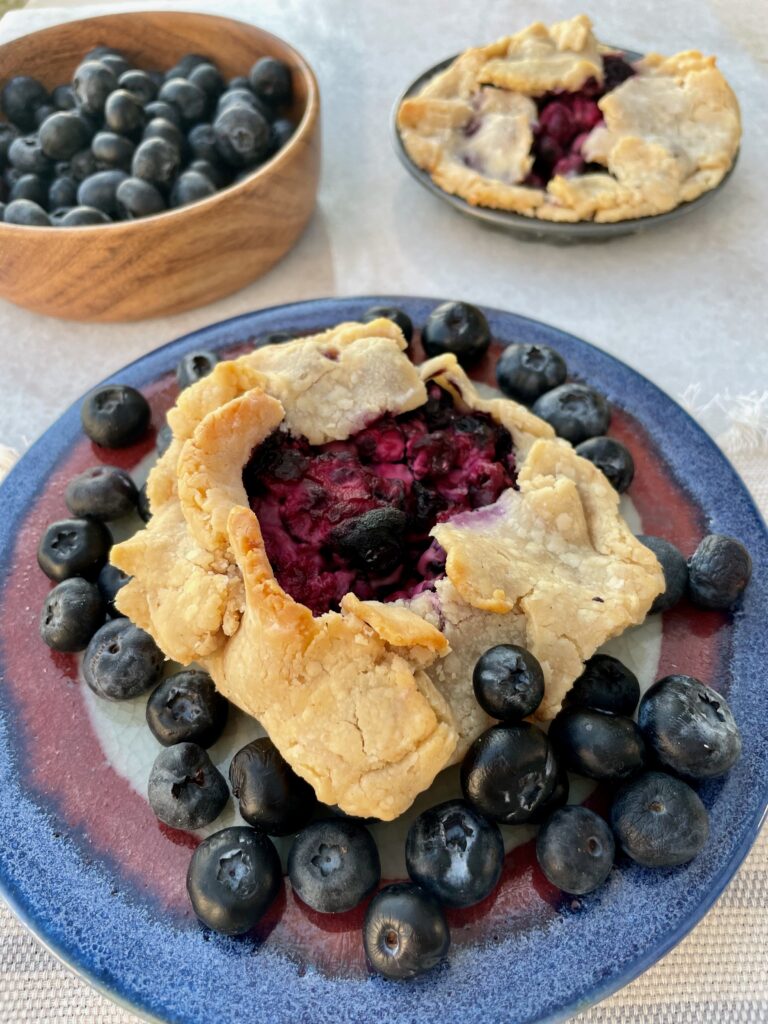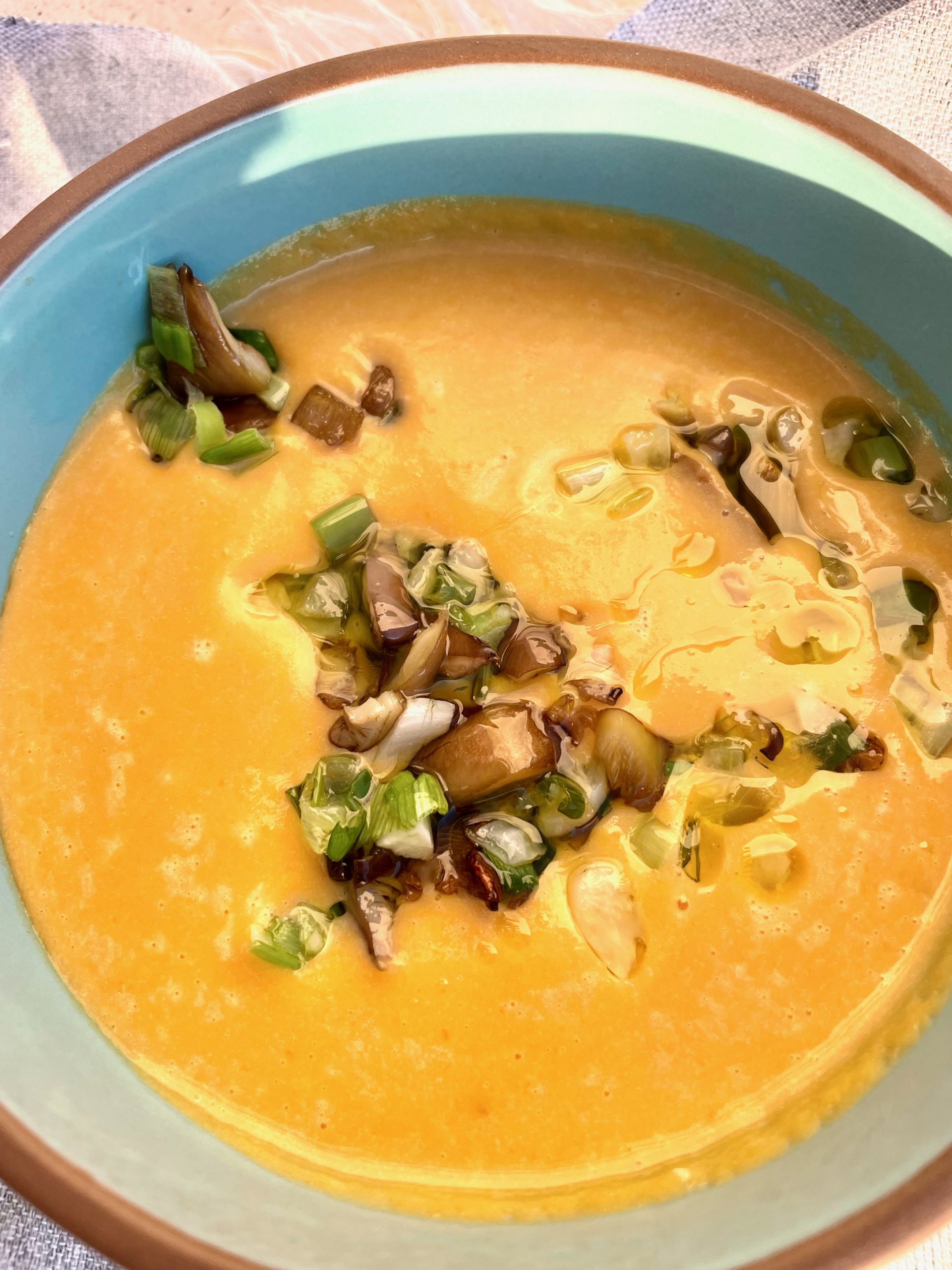Read on to learn why you need to consider in your diet far more than the vitamins and mineral that are required for basic metabolism and growth. Anthocyanins such as the orange-yellow toned one, pelargonin, are vital for repairing cellular damage, eliminating oxidants and m and preventing breakdowns of the body such as that seen in aging and cancer. Pelargonins do this by eliminating oxidants in several manners and riding the body of toxins such as heavy metals.
The vibrant purple hue in purple carrots comes from anthocyanins, a type of phytochemical belonging to the flavonoid family. Anthocyanins are responsible for the red, purple, and blue colors found in many fruits, vegetables, and flowers.

In the body, anthocyanins offer a range of health benefits. They are powerful antioxidants, which means they help protect cells from damage by neutralizing free radicals, molecules that can harm cellular structures and contribute to chronic diseases. Here are a few key benefits of anthocyanins:
Antioxidant Properties: By fighting off free radicals, anthocyanins help protect against oxidative stress, which is linked to a variety of chronic diseases including heart disease, type 2 diabetes, and some cancers.
Anti-inflammatory Effects: Anthocyanins can reduce inflammation in the body, which is beneficial since chronic inflammation is considered a risk factor for many diseases.
Heart Health: Research suggests that anthocyanins may help improve cholesterol levels and blood sugar metabolism, as well as enhance the overall health of blood vessels. This can lead to a reduced risk of cardiovascular disease.
Cognitive Benefits: Some studies indicate that anthocyanins might improve cognitive function and protect against age-related decline in mental health.
Cancer Prevention: While research is still ongoing, some laboratory studies suggest that anthocyanins might help slow the growth of cancer cells.

Pelargonin
There are many types of anthocyanins. Pelargonin, one type of anthocyanin found in berries such as blueberries, raspberries, strawberries, cranberries, plums, pomegranates, and radishes.
Anthocyanins like pelargonin exhibit antioxidant properties primarily by neutralizing free radicals—unstable molecules that can damage cells and contribute to chronic diseases. Here’s a deeper look at how pelargonin’s antioxidant action works:
- Scavenging Free Radicals: The antioxidant activity of pelargonin, similar to other anthocyanins, involves directly scavenging free radicals. Pelargonin can donate hydrogen atoms to free radicals, which stabilizes these reactive species and prevents them from causing cellular damage. This action reduces oxidative stress in the body, which is linked to aging and various health conditions like cancer, cardiovascular diseases, and neurodegenerative disorders.
- Chelating Metal Ions: Pelargonin can also chelate, or bind, metal ions such as iron and copper. These metals can catalyze the generation of highly reactive and damaging hydroxyl radicals through reactions such as the Fenton reaction. By binding to these metals, pelargonin prevents the catalytic activity that leads to the production of these harmful radicals.
- Influencing Antioxidant Pathways: Research suggests that anthocyanins might influence various signaling pathways and activate other antioxidant enzymes in the body. These enzymes can further help in mitigating oxidative stress. For instance, they might enhance the activity of superoxide dismutase (SOD) and catalase, which are crucial in managing oxidative processes within cells.
- Anti-inflammatory Effects: While not directly an antioxidant action, the anti-inflammatory effects of pelargonin are closely related. By modulating inflammatory processes, pelargonin can reduce the production of reactive species and oxidative stress as a secondary effect.
- Synergistic Effects with Other Compounds: In many cases, the antioxidant efficacy of pelargonin can be enhanced when combined with other natural antioxidants, such as other flavonoids and phenolic acids. These combinations can act synergistically to provide a stronger defense against oxidative stress.
The multifaceted ways in which pelargonin acts as an antioxidant make it a compound of interest not only in nutrition and health but also in pharmacological and cosmetic applications. Its ability to interact with and neutralize free radicals, along with its potential to modulate body processes that handle oxidative stress, underscores its importance as a natural compound beneficial for health.
Incorporating purple carrots and other foods rich in anthocyanins into your diet is a delicious and natural way to potentially boost your health due to these beneficial properties.









